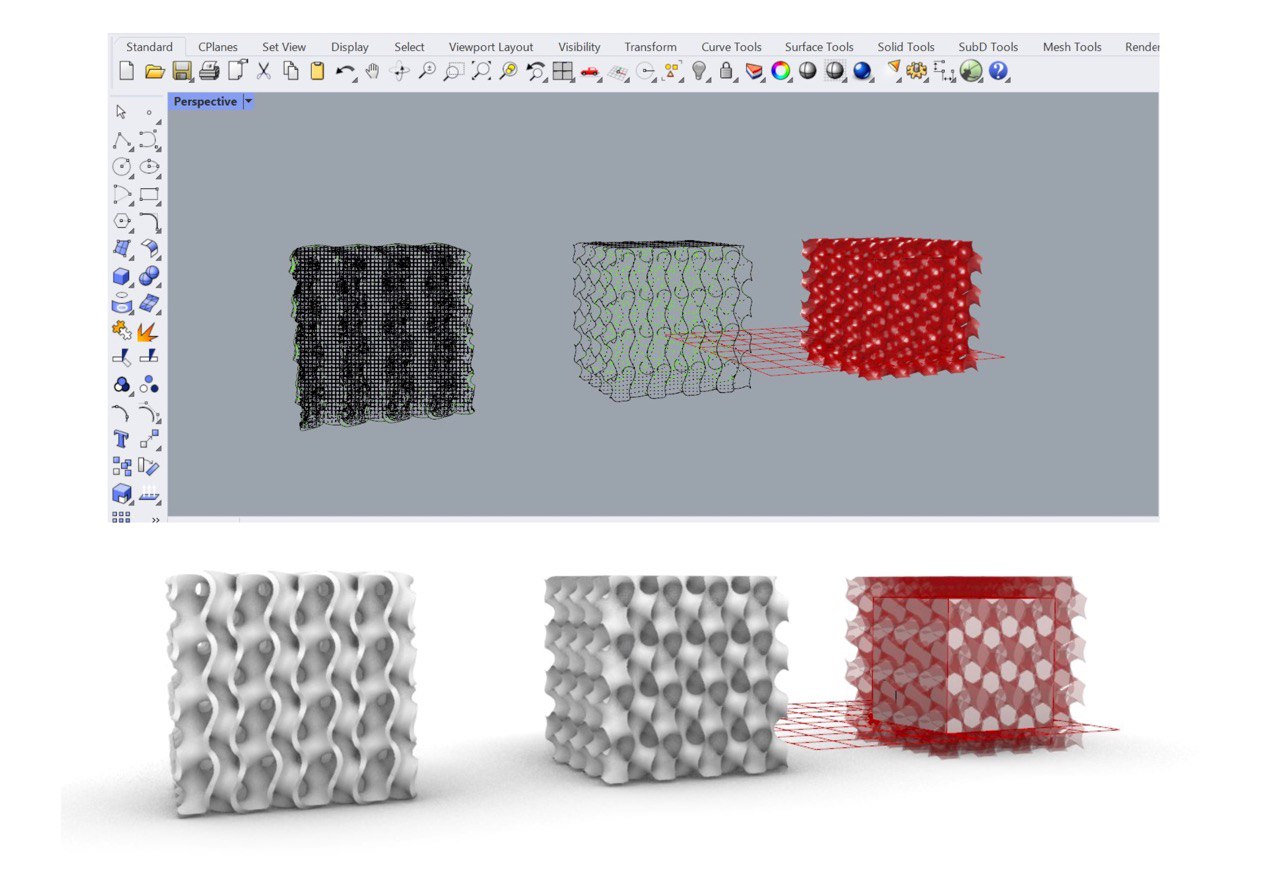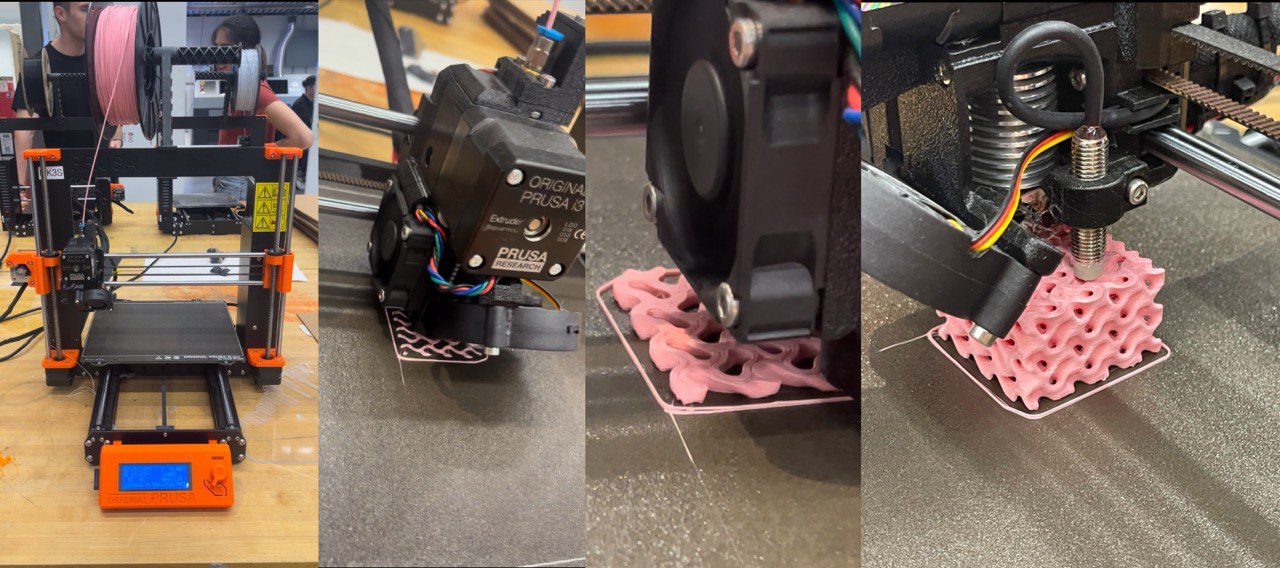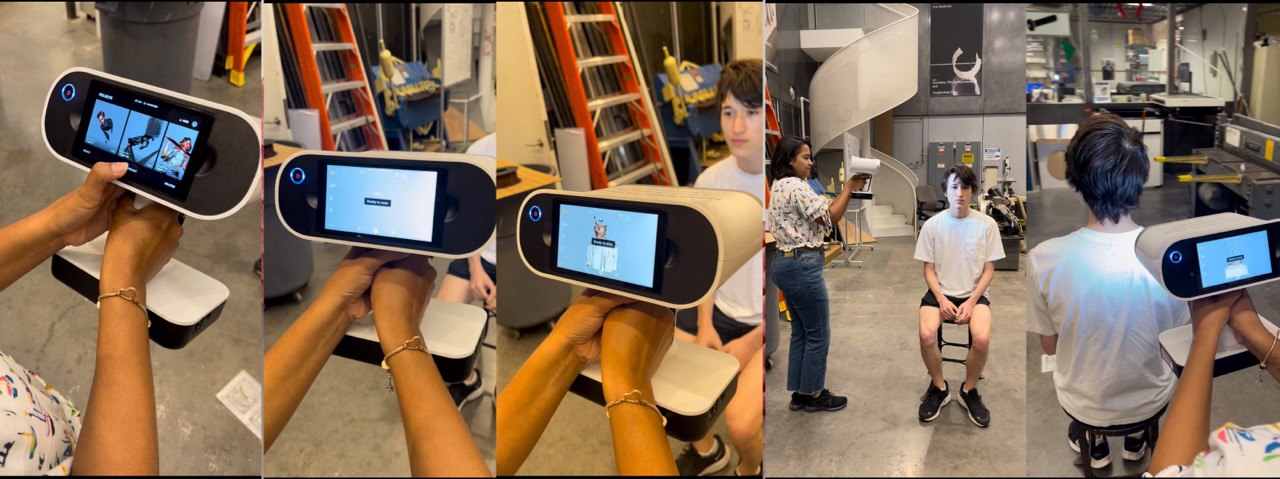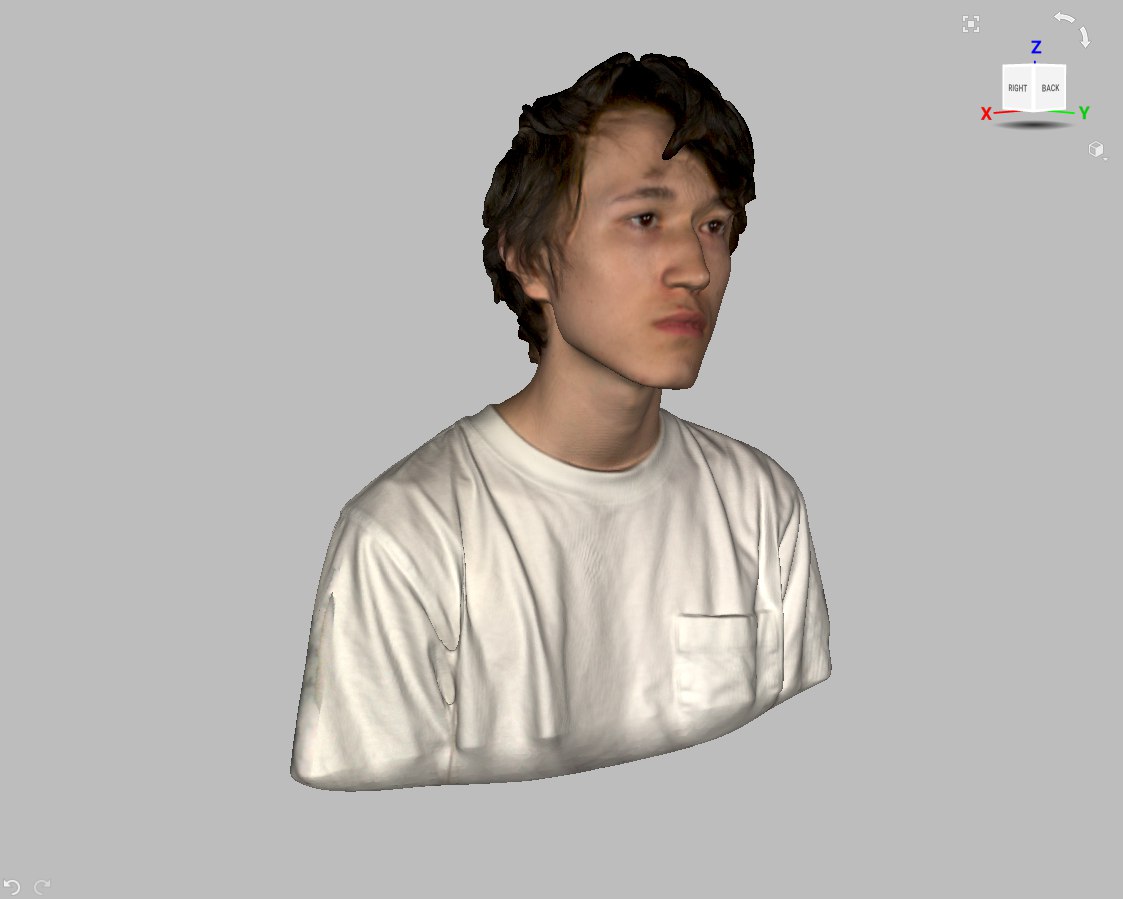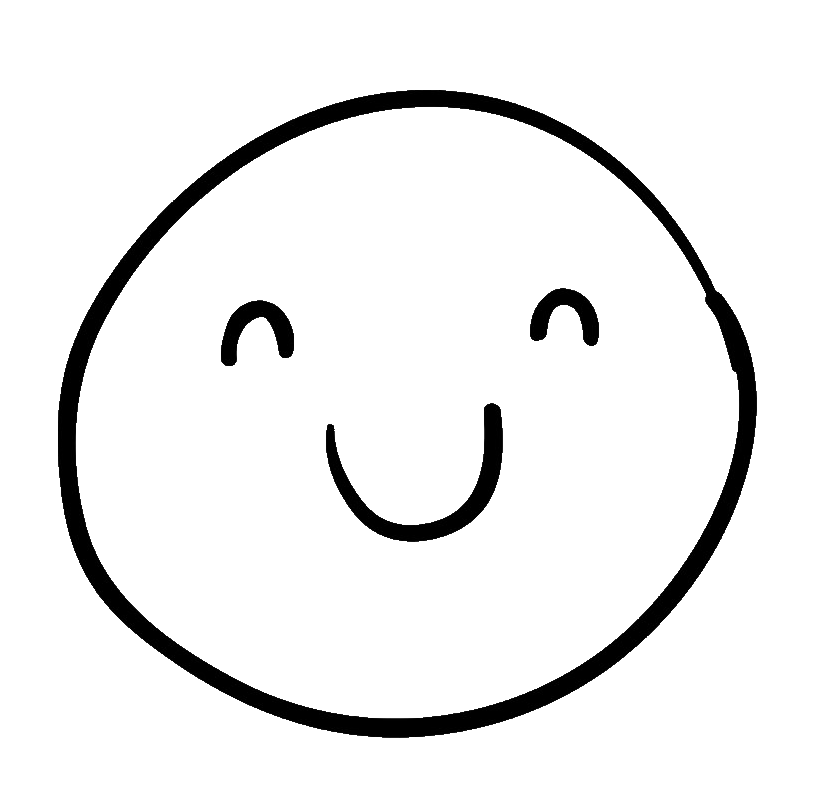Week 3
3D Printing & 3D Scanning
Exciting news! This week, we're taking a brief detour from our main project to embark on a 'design' exercise. Our task is to delve into the realms of 3D printing and 3D scanning. But here's the twist with 3D printing: we need to design and 3D print an object that can't be created through subtractive methods. Additionally, I'll strive to minimize any need for support during the 3D printing process!
Thus, what immediately came to mind is the idea of playing with and designing a lattice structure. A lattice is essentially a series of points organized in a specific pattern. One common example is a crystal lattice structure, which resembles a lattice but consists of a series of atoms rather than points. What makes this structure fascinating is its intricate internal geometry, rendering subtractive manufacturing impractical. Consequently, the preferred approach for producing lattice structures involves AM (Additive Manufacturing) methods.
I chose to explore the Gyroid structure. The Gyroid is an infinitely connected triply periodic minimal surface, discovered by Alan Schoen in 1970. Interestingly, like some other triply periodic minimal surfaces, the Gyroid surface can be accurately approximated using a concise trigonometric equation:

So, let's dive in!

For this exercise, we will be using Rhino and Grasshopper. Grasshopper serves as a visual programming interface for the 3D modeling program Rhinoceros. Rhino employs non-uniform rational B-splines (NURBS) to accurately and mathematically model geometry. Through visual programming, you can algorithmically generate geometry by constructing diagrams that connect data with functions. This algorithmic approach empowers designers to craft intricate forms and swiftly generate alternative designs

